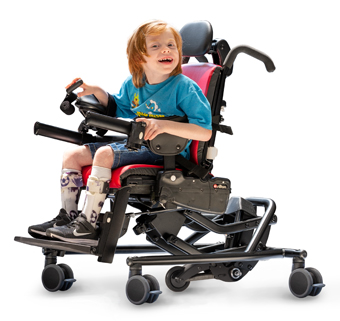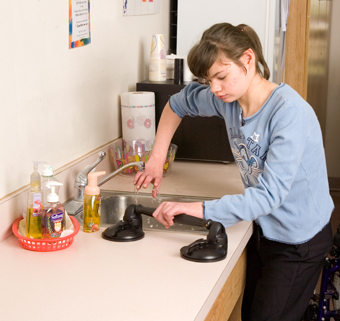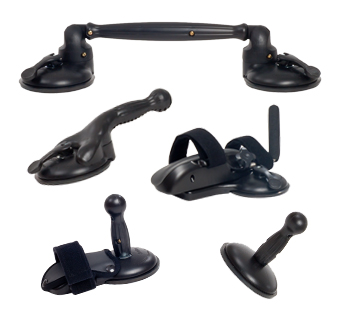Article
Positioning Checklist for the Activity Chair
| May 2016 By popular request we now have created a positioning checklist for the Rifton Activity chair. Therapists know how tough it can be to remember each client’s specific support prompts and settings, especially with an adaptive chair that is used between multiple clients. This handy checklist will help. Feel free to share it with your colleagues. And, as always, give us your feedback.
By popular request we now have created a positioning checklist for the Rifton Activity chair. Therapists know how tough it can be to remember each client’s specific support prompts and settings, especially with an adaptive chair that is used between multiple clients. This handy checklist will help. Feel free to share it with your colleagues. And, as always, give us your feedback.
Download other positioning resources:
More from Adaptive Seating




